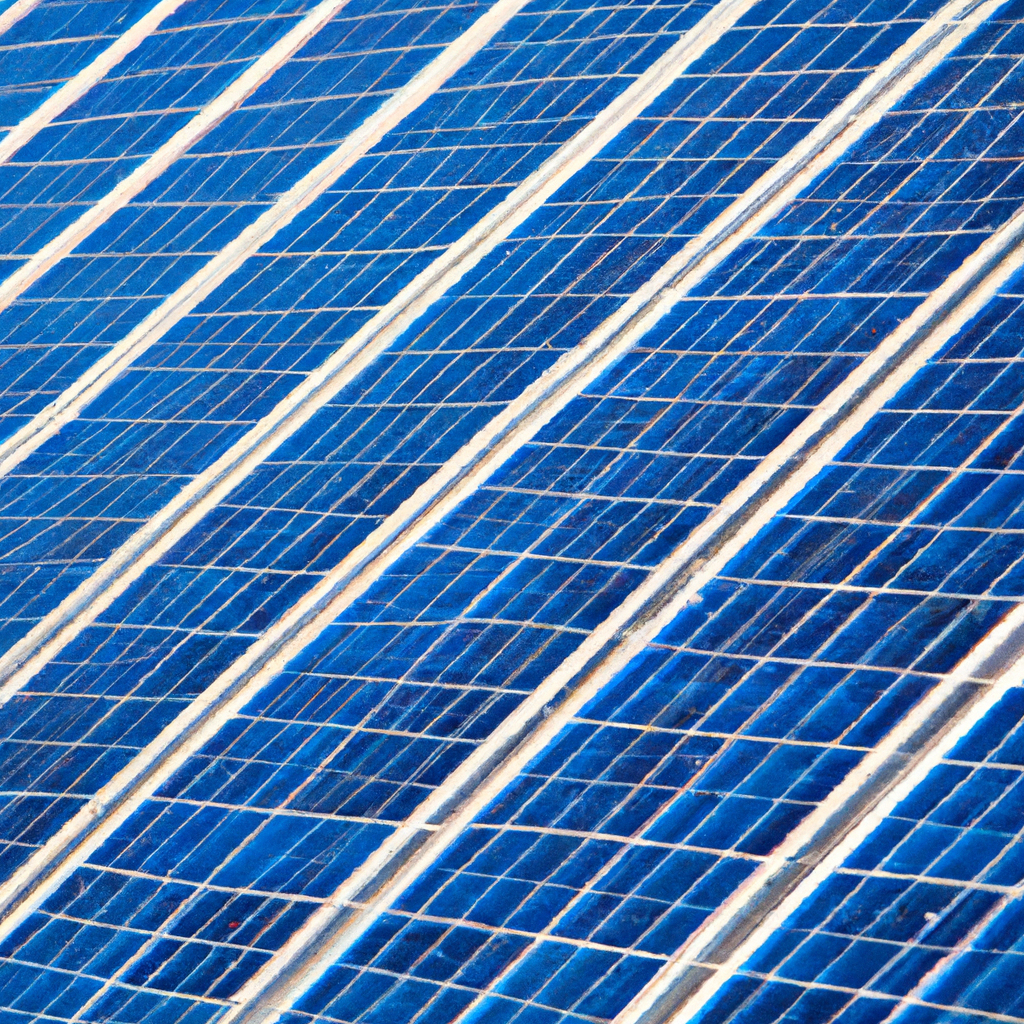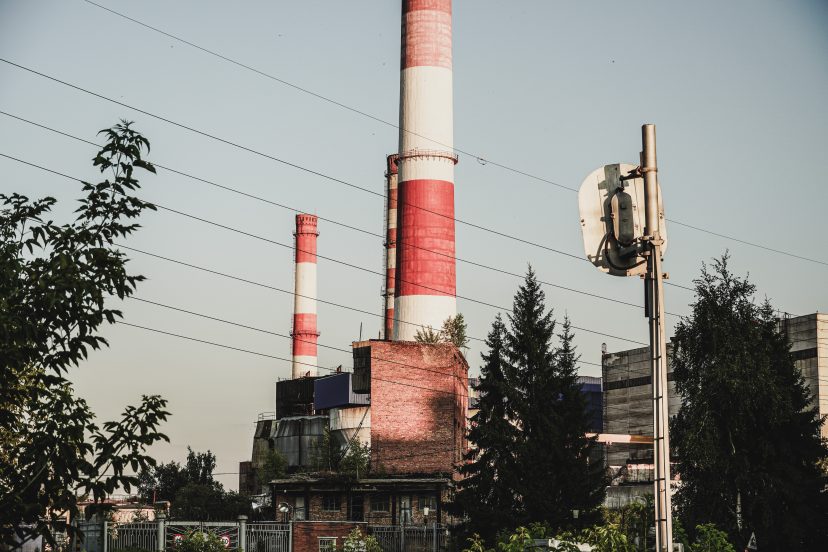How Are Solar Panels Made
As an Amazon Associate, I earn from qualifying purchases, at no additional cost to you. Disclaimer
I’m thrilled to be sharing insights into the amazing process of creating solar panels. Often lauded as the wunderkind of renewable energy, these ingenious devices hold untold potential for reducing global reliance on traditional power sources. In this article, we’re not just talking about what solar panels do; we’re going behind the scenes to demonstrate how they’re actually made. Join me on this fascinating journey into the world of solar energy, from the raw materials to the finished article, as we uncover the magic behind these incredible power generators.
Raw Materials for Solar Panels
Maybe you’ve asked yourself, “What goes into making a solar panel?” Well, let me tell you, it’s not what you might expect. Solar panels are incredible devices that can convert sunlight into electricity. And the main ingredient that makes this possible is silicon.
Silicon Processing
Silicon is the second most abundant element on Earth, right after oxygen. However, it’s not ready to be used straight out of the ground. The raw silicon needs to go through quite a process before it can be used in a solar panel. It undergoes extensive purification to remove impurities and is then heated until it melts into a liquid form. Once in this liquid state, it’s cooled down slowly to form a silicon crystal.
Other Necessary Raw Materials
Besides silicon, solar panels also need other materials like metal frames, glass sheets for protection, and the wiring that carries the converted electricity. Aluminum is often used for the metal frames due to its light weight and resistance to corrosion. The glass needs to be strong, clear, and durable to withstand various weather conditions.
Sourcing the Materials
The materials for solar panels are sourced globally. Silicon generally comes from countries that have abundant natural resources like Australia, Brazil and China. The glass is usually made domestically to save transportation costs. The components must all meet strict quality standards to ensure a long lifetime and high performance.
How Solar Cells Are Made
Turning silicon into a solar cell involves several steps.
Creation of Silicon Wafers
From the silicon crystal, thin slices called wafers are cut. These wafers are then polished to give them a smooth and uniform surface, which is crucial as any impurities or defects can affect the efficiency of the final cell.
Applying Anti-Reflective Coating
Next, the silicon wafer is coated with an anti-reflective material. This step is vital because, as you can guess, we want as much sunlight as possible to be absorbed by the solar cell rather than being reflected away.
Testing the Solar Cells
Finally, the solar cells are tested for efficiency. Only efficient solar cells make it to the assembly line to ensure customers get the maximum benefit from their solar panels.
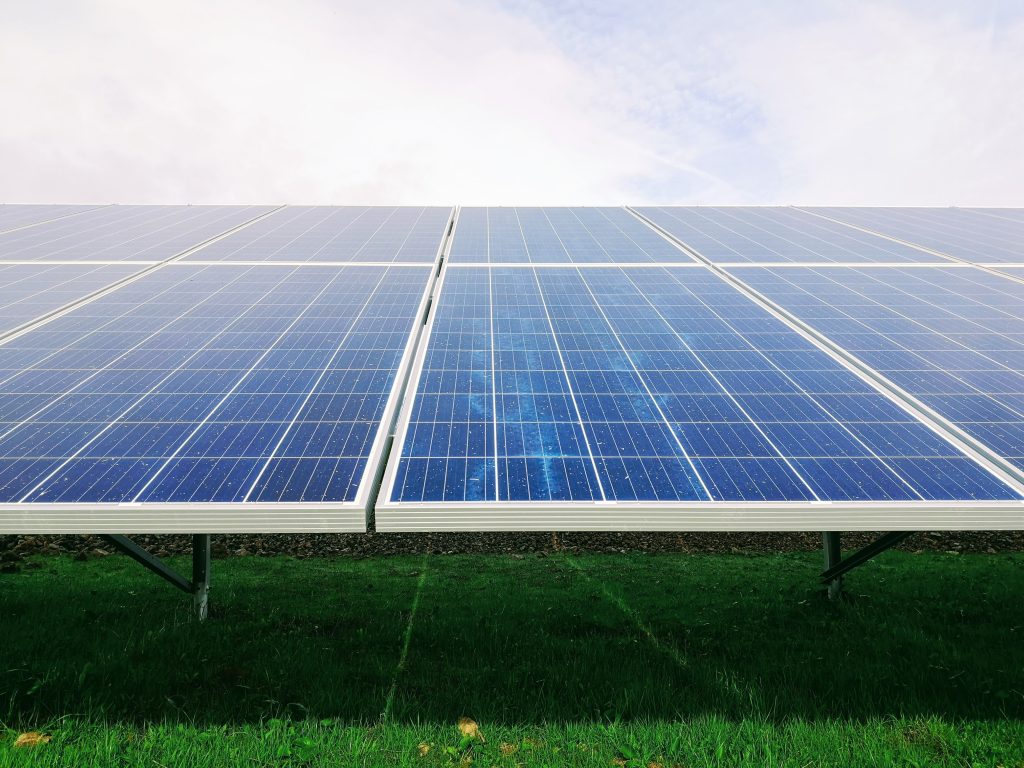
Assembling the Solar Panel
After the solar cells are made, the next step is assembling them into a panel.
Arranging the Solar Cells
During the assembly process, the cells get arranged in a grid-like pattern. This arrangement maximizes their exposure to sunlight and facilitates electrical connections between the cells.
Embedding Cells into the Frame
Once arranged, the solar cells are then embedded into the aluminum frame. Here they are protected but still able to soak up all that sunlight.
Adding the Glass Top
A glass sheet is then placed on top of the cells. The glass offers protection from environmental influences and also maximizes light penetration.
Securing with a Back Sheeting
The last step of assembly is adding a back sheet and securing it. This ensures that no water or other elements can enter the panel, providing another layer of stability and protection
Types of Solar Panels
Now, if you thought all solar panels were the same, you’d be mistaken. There are three common types of solar panels: monocrystalline, polycrystalline, and thin-film, and each is made a little differently.
Monocrystalline Solar Panels
Monocrystalline panels are recognized by their uniform dark look and round edges. They are made from a single crystal structure, which makes them the most efficient panel type.
Polycrystalline Solar Panels
Polycrystalline panels have a blue, speckled look and their cells are square. They are made from multiple crystal structures, which make them less efficient but also less expensive.
Thin-Film Solar Panels
Thin-film panels are made by applying a thin semiconductor material onto a backing material like glass, plastic, or metal. They are less efficient but also lighter and more flexible.
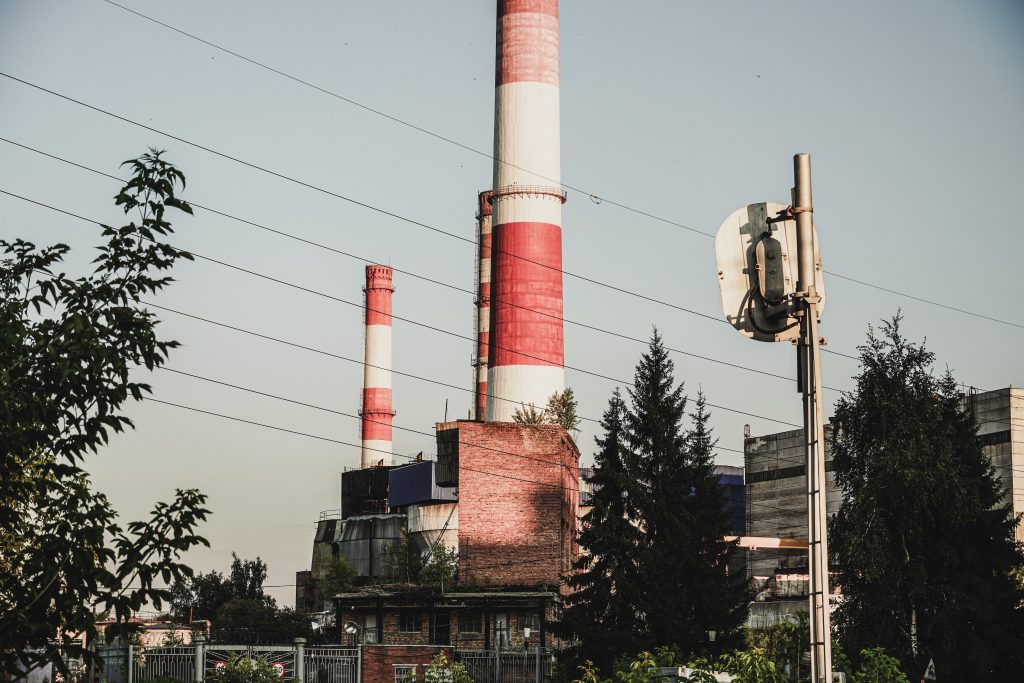
Manufacturing Processes for Different Types of Solar Panels
Each type of solar panel has a unique manufacturing process.
Creating Monocrystalline Panels
Monocrystalline panels are made by growing a single crystal. This crystal is then cut into thin wafers and arranged into a solar panel.
Creating Polycrystalline Panels
For polycrystalline panels, several small silicon crystals are melted together and then cut into wafers to create the panel.
Creating Thin-Film Panels
Thin-film panels are quite different. Here, semiconductor material is applied in a thin layer onto a backing material. There’s no need for cutting and arranging wafers, making it a less complex process.
Quality Control in Solar Panel Manufacturing
Quality control is an essential part of the manufacturing process.
Inspection of Panel Components
During the assembly process, each component is inspected for defects. Any faulty components get discarded to maintain the quality of the final product.
Testing Efficiency and Power Output
The efficiency and power output of each panel are tested. This ensures that customers receive only top-performing panels.
Longevity and Durability Testing
Finally, panels undergo longevity and durability testing. In these tests, panels are subjected to various environmental conditions to certify their performance over their expected lifespan.
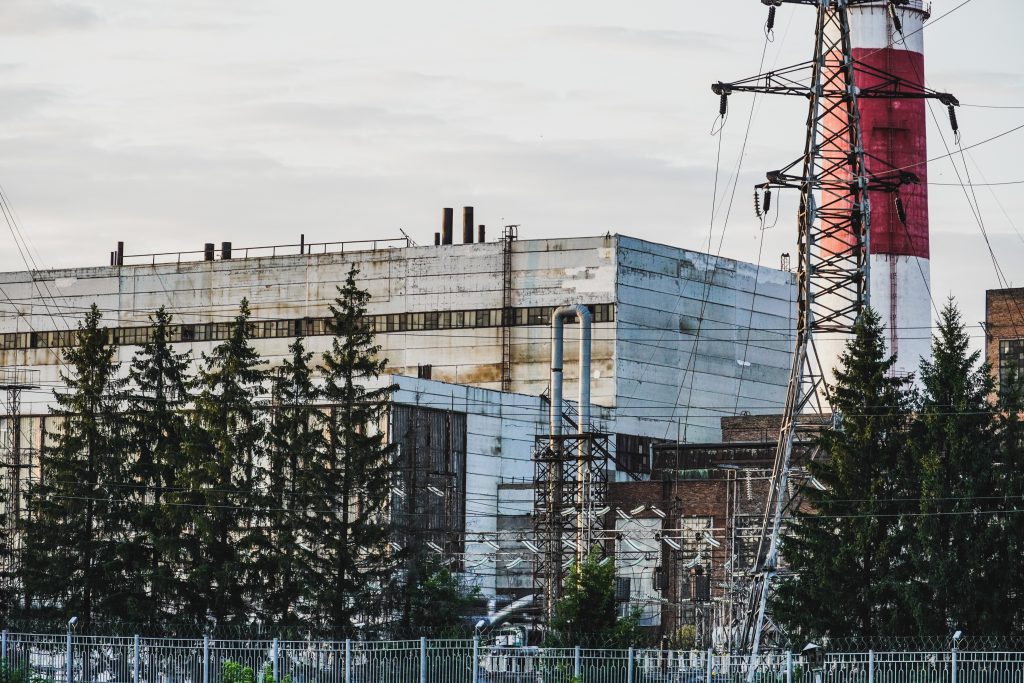
Environmental Impact of Solar Panel Manufacturing
While solar panels are a green energy source, their manufacturing process isn’t without environmental impact.
Energy Use in Manufacturing
The manufacturing process is energy-intensive, especially the part where silicon is melted and then cooled to form a crystal. This energy consumption is unfortunately a significant environmental drawback.
Disposal of Solar Panels
solar panels have a lifespan of about 25-30 years. After that, they need to be replaced. The disposal of old panels is a growing concern because it can lead to significant waste, as solar panels contain materials that can be harmful if not disposed of correctly.
Efforts to Reduce Environmental Impact
Lately, there have been efforts towards reducing the environmental impact. Manufacturers are exploring ways to recycle old panels and researching less energy-intensive manufacturing methods.
Future Trends in Solar Panel Production
Let’s look ahead at what the future might hold for solar panel production.
Advancements in Solar Cell Technology
As we move forward, we can expect to see advancements in solar cell technology, with researchers finding ways to make solar cells more efficient and cheaper to produce.
Innovations in Manufacturing Processes
We can also anticipate innovations in manufacturing processes that will reduce energy use, waste, and overall environmental impact.
Developments in Solar Panel Materials
There may also be developments in the materials used in solar panels. Who knows, we might soon be using something entirely different from silicon!
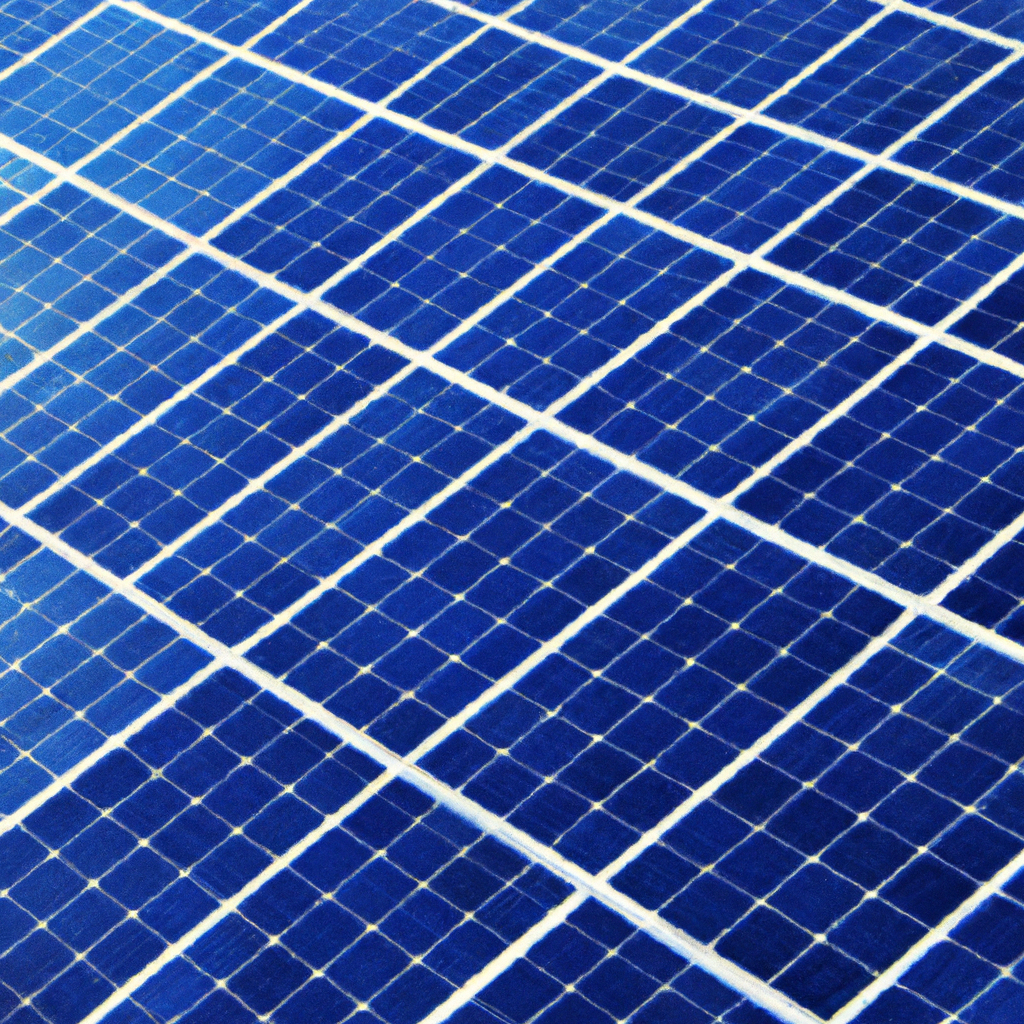
Cost Factors in Solar Panel Production
The final cost of a solar panel is influenced by several factors.
Price of Raw Materials
The cost of raw materials plays a huge role. When the price of silicon and other materials increases, so does the cost of the panels.
Production Costs
The production process itself also contributes to the cost. As we’ve seen, it’s quite complex and requires a lot of energy.
Economy of Scale in Solar Panel Manufacturing
Just like with any mass-produced item, the cost per unit decreases with the number of units produced. That’s why larger manufacturers often can sell at lower prices.
Market Dynamics of Solar Panel Manufacturing
The solar panel manufacturing industry is a dynamic one!
Major Manufacturers and Market Share
There are several major manufacturers around the world who together make up a significant market share. However, no one manufacturer dominates the industry.
Demand and Supply Trends
Currently, demand for solar panels is high as more and more people switch to green energy. The supply, however, can occasionally fall short due to the complexity of the production process and the availability of raw materials.
Impact of Government Policies on Solar Panel Production
Government policies can also impact the production of solar panels. Policies promoting green energy and subsidizing solar panel purchases can boost production, while opposite policies can have a negative effect.
So next time you see a solar panel, you’ll have a much better understanding of how it’s made, and the complexities and factors that go into its production. Understanding the process gives us a newfound appreciation for these remarkable devices that convert sunlight into electricity!
